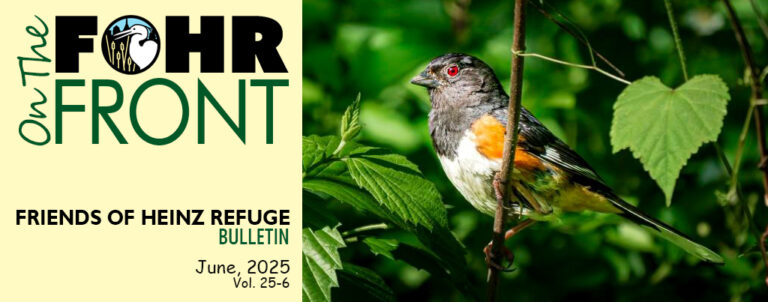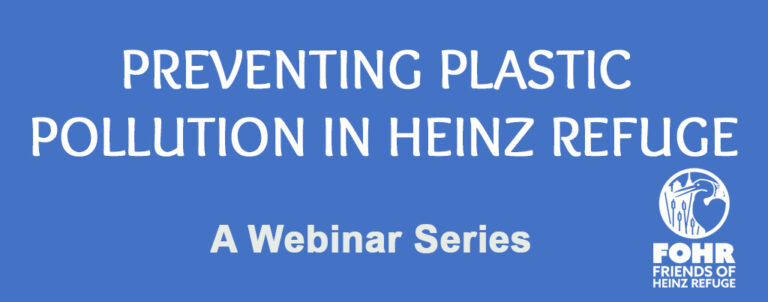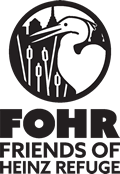This is my sanctuary, an oasis in the rush and clamor of urban life. This is my retreat, a haven of marsh, woods and wildlife, where my spirit is refreshed. This is my refuge.
Kim Sheridan, Refuge Volunteer

When Congress established it, they set three mandates by which the refuge should be managed:
- To restore wetlands, wherever possible;
- To promote environmental education;
- To provide wildlife-oriented recreation opportunities for visitors.
We invite you to visit our refuge and to see for yourself just how well we have lived up to these Congressional mandates.
Announcing the Nature in Focus 2025 Photo Competition!
Friends of Heinz Refuge (FOHR) is excited to announce this year’s photo competition Nature in Focus 2025 celebrating the beauty and diversity of the natural world found at the Heinz Refuge through the lens of photography. From breathtaking landscapes and stunning wildlife to intricate patterns and textures found in nature, we encourage you to explore the endless possibilities of capturing the essence of the natural world.
Entry submission is open now. Full details may be found at https://fohrefuge.org/nature-in-focus-2025/
In the June issue of On The FOHR Front:
- Summer Solstice Festival
- Heinz Refuge Calendar
- Nature In Focus Photo Competition
- Heinz Refuge Book Club
- Refuge Update
- Photo Finish
- Save The Date
- Get Involved
In 2022, the Friends of Heinz Refuge presented four multi-disciplinary webinars that provide perspectives on how to prevent and reduce plastic pollution in the waters of the John Heinz National Wildlife Refuge and beyond. Explore where it comes from, monitoring and clean-up methods, the role that policies can play, and tips to engage with communities and audiences to reduce plastic pollution – topics pertinent to many coastal watersheds.
A previous webinar series, Plastics in Our World Today, aired in 2020.




